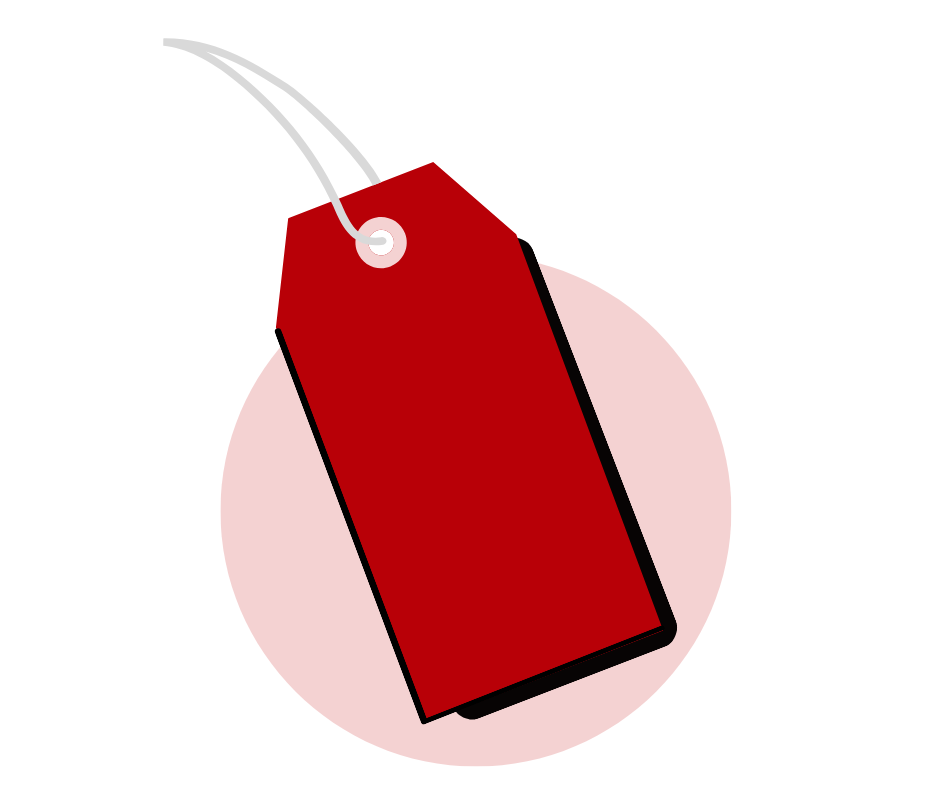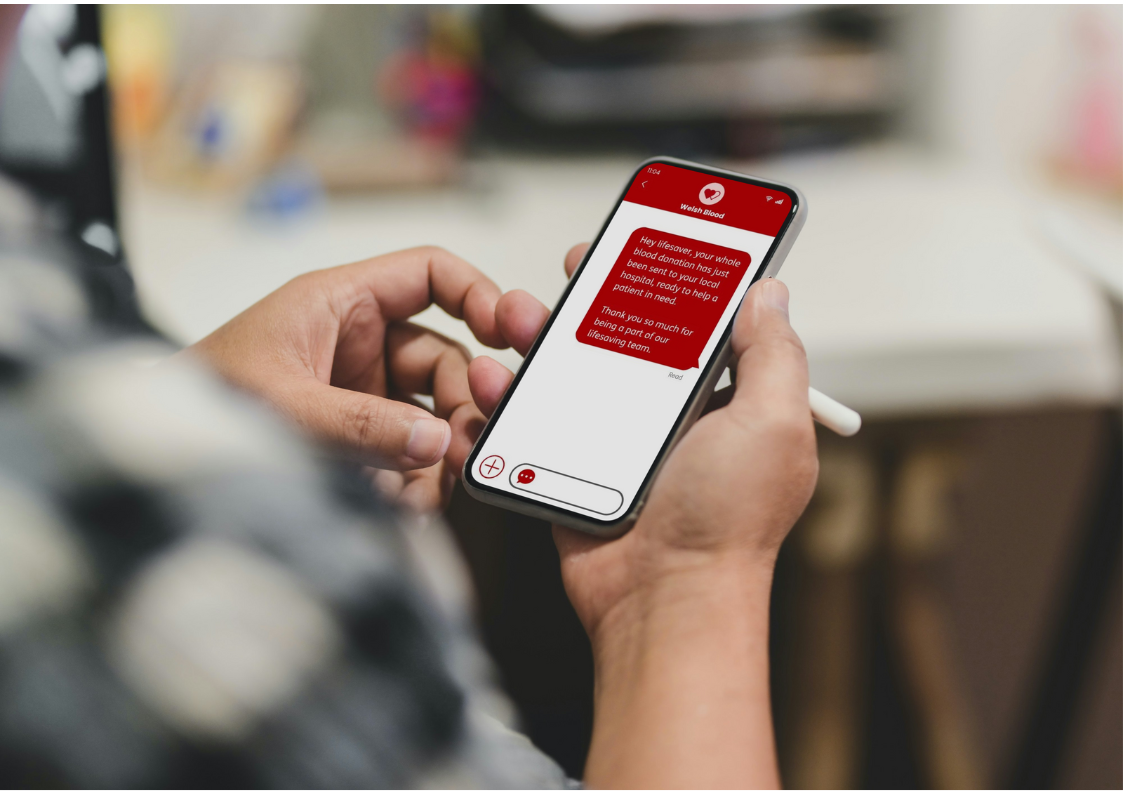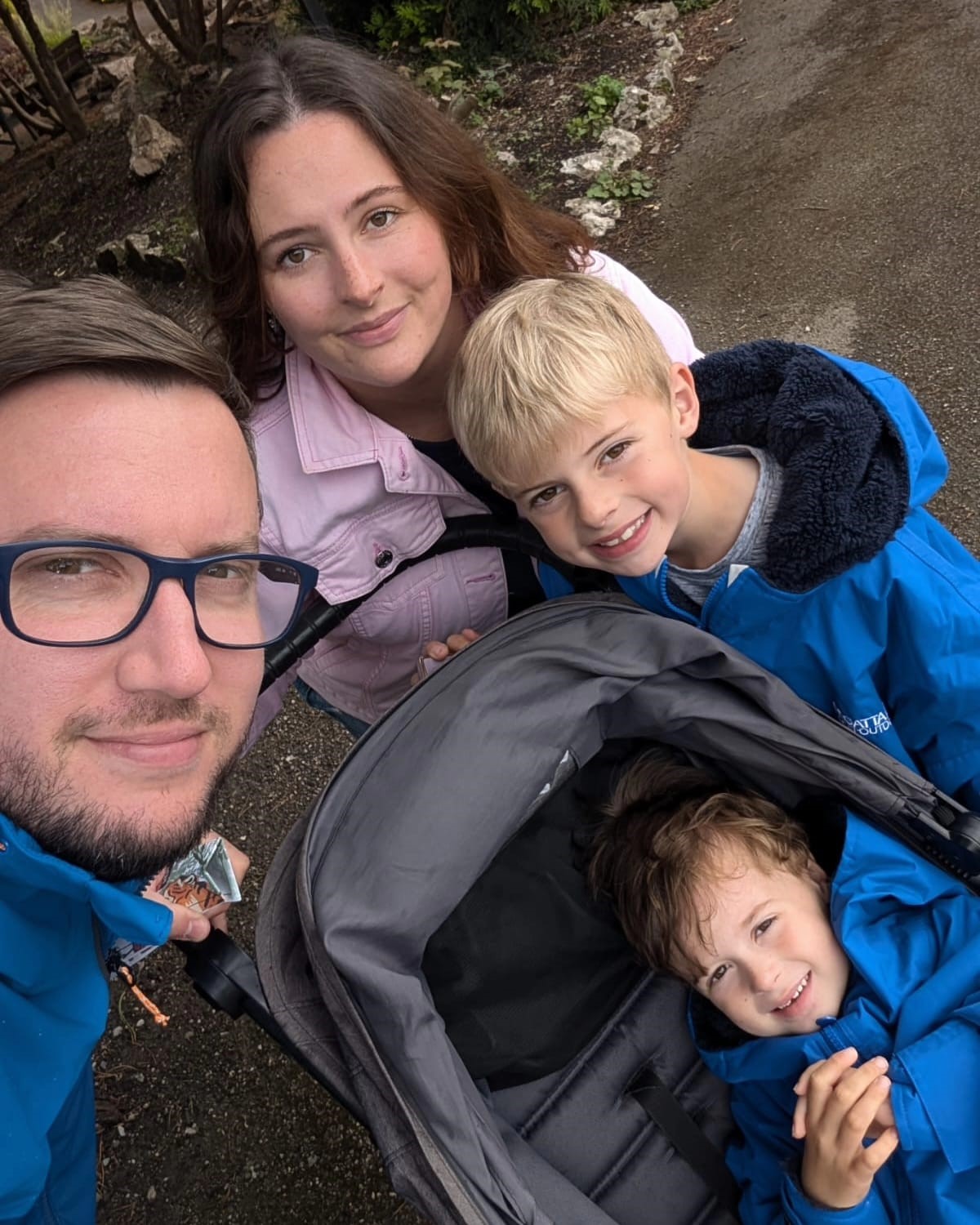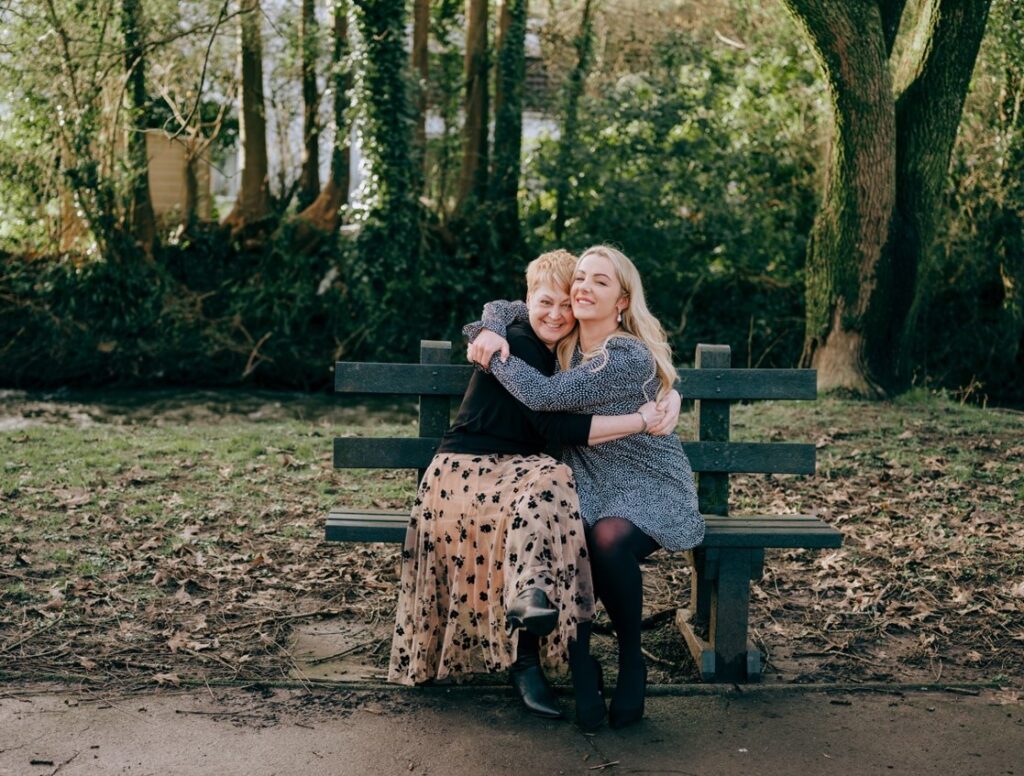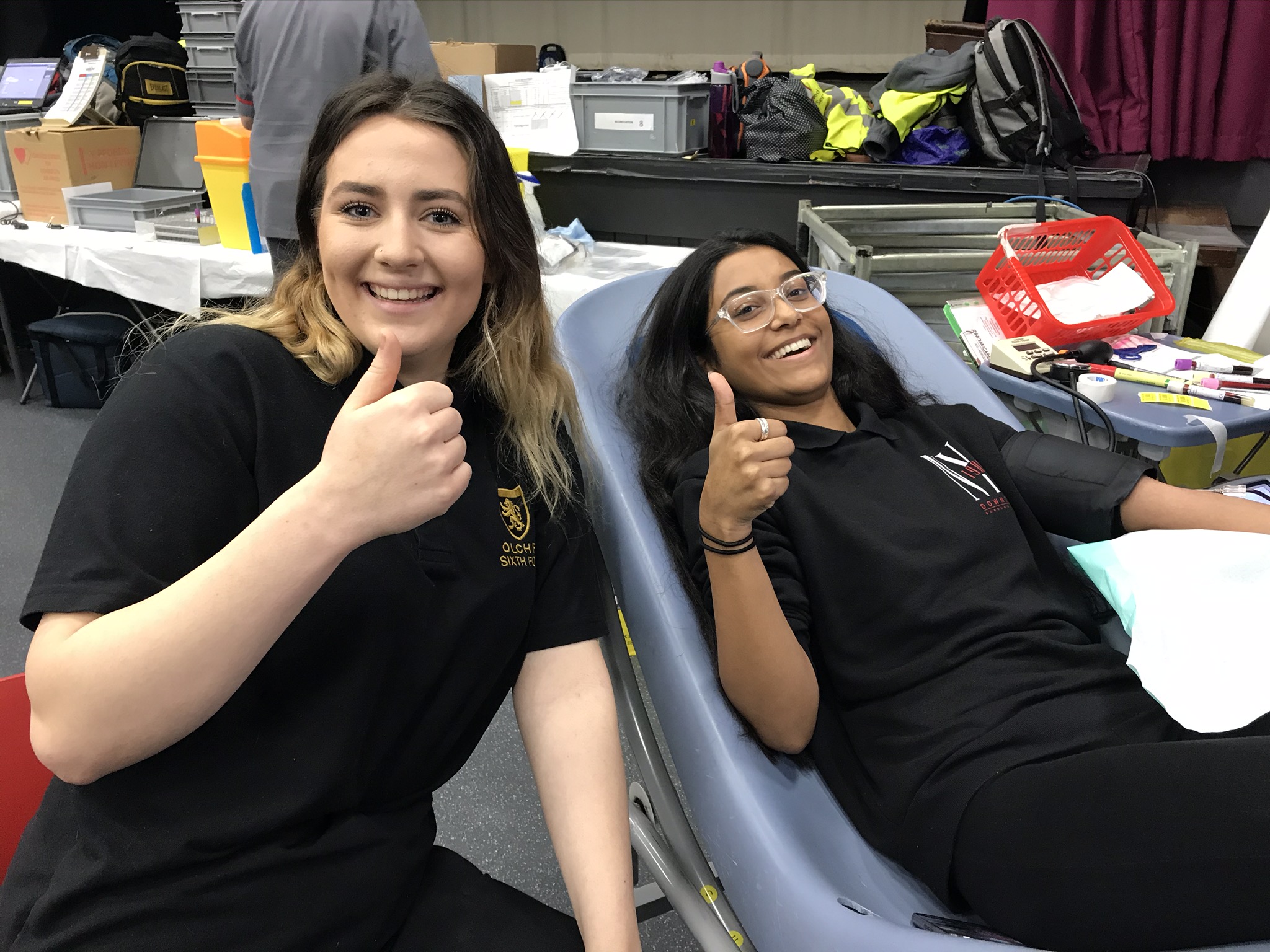You’ve made a lifesaving donation. Thank you on behalf of patients across Wales.
Now, what happens with your donation?
Soon, your donation will be delivered to one of our hospitals across Wales to be used in a lifesaving transfusion. The donation you made has the power to save three lives. You might even get a message from us telling you which hospital has received your red cells or platelet donations.
Your donation could be used to help treat a cancer patient, someone who has suffered a traumatic injury, or given to a mother during childbirth.
After you donated, this is what happened to your donation to ensure it was safe, processed and ready to help someone in need.

